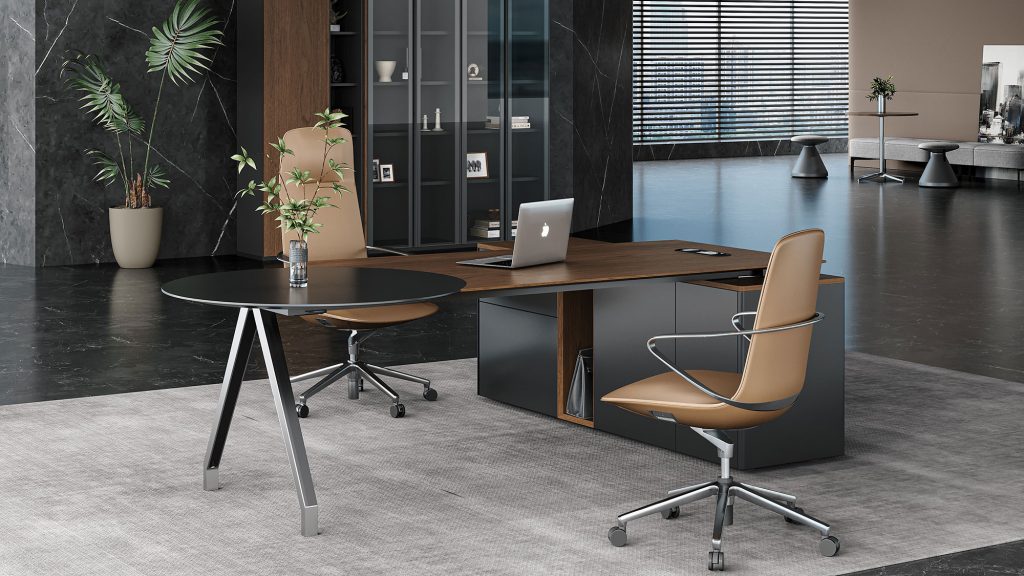
In the race to attract and retain top talent, companies often overlook a silent workforce ally: office furniture. Beyond aesthetics, the chairs we sit in, the tables we collaborate around, and the lighting that bathes our desks are critical levers in unlocking human potential. Smart organizations are reimagining furniture not as overhead costs but as strategic investments in employee well-being, creativity, and productivity.
The Ergonomic Dividend
Poorly designed furniture isn’t just uncomfortable—it’s a liability. The World Health Organization links sedentary work to musculoskeletal disorders affecting 80% of global office workers. Ergonomic chairs like Herman Miller’s Embody, designed with biomorphic principles, reduce physical strain by 45%, according to peer-reviewed studies. Adjustable sit-stand desks, now ubiquitous in tech hubs, lower diabetes risk by 32% in long-term users. These aren’t just health perks; they’re insurance premiums against absenteeism and presenteeism.
Cognitive Architecture
Furniture shapes mental landscapes. Open-plan offices, while cost-efficient, can stifle focus—Harvard research shows a 65% drop in productivity from constant interruptions. Modular systems like Steelcase’s Flex Collection let employees curate environments that match task intensity: high-privacy pods for deep work, collaborative benches for brainstorming. Even lighting matters: circadian-rhythm bulbs that mimic natural light improve cognitive performance by 23%, according to Northwestern University studies.
Cultural Currency
In a hybrid work era, furniture becomes a beacon of belonging. IKEA’s “activity-based” designs, seen in WeWork spaces, use modular sofas and writable walls to foster serendipitous interactions. Meanwhile, luxury brands like Knoll partner with architects to create heritage-quality pieces that signal corporate stability—a psychological anchor for distributed teams. These investments pay off: Gallup finds employees in thoughtfully designed spaces are 21% more engaged.
The ROI of Respect
Quality furniture isn’t cheap, but its returns compound. A 2024 MIT study calculated that ergonomic upgrades yield 3inproductivitygainsforevery1 spent. Sustainability-focused designs, like recycled-plastic chairs by BuzziSpace, also boost employer brand equity—critical for Gen Z recruits who prioritize purpose. When companies prioritize physical comfort and psychological safety through design, they signal that employees are valued not just for their labor, but as whole humans.
In 2025, the most innovative companies won’t just furnish offices—they’ll engineer ecosystems where talent thrives. By viewing furniture as both infrastructure and care, organizations can turn square footage into competitive advantage. After all, the best ideas rarely emerge from uncomfortable chairs.
